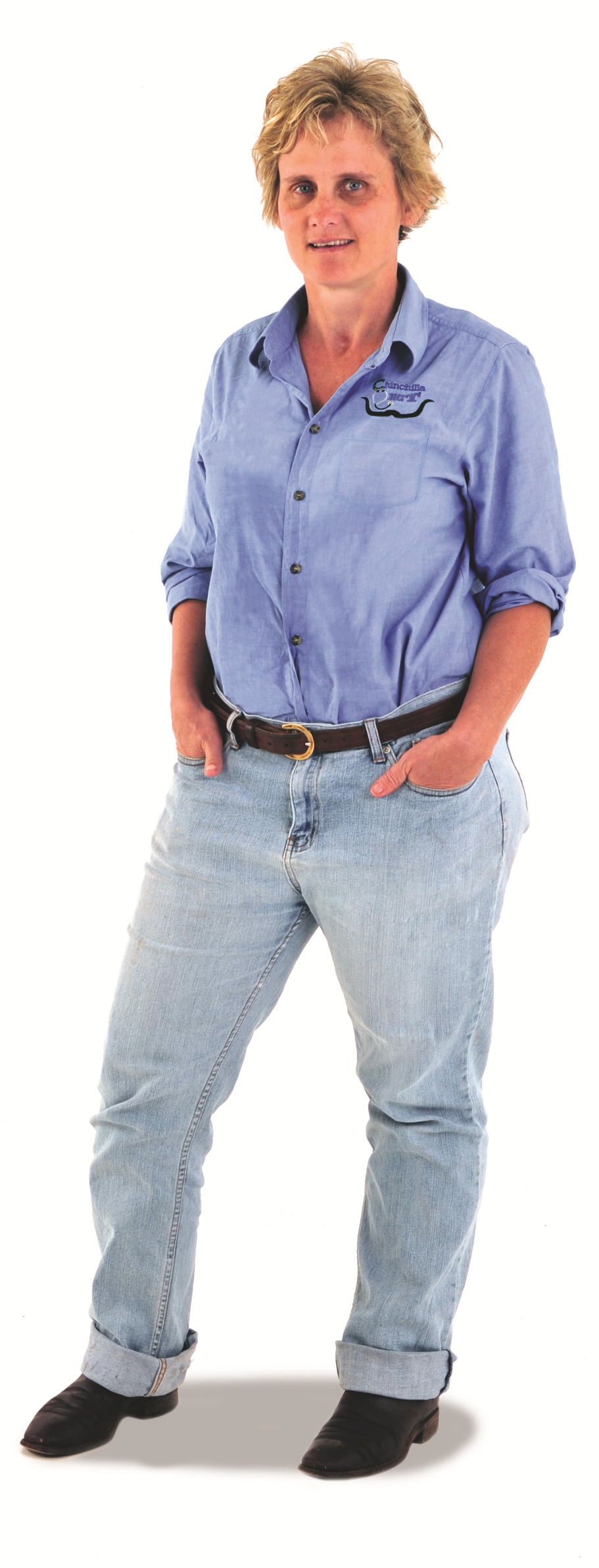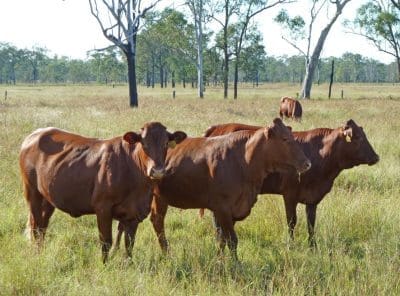Well known northern cattle vet and beef cattle consultant Dr Sandi Jephcott offers her thoughts on balanced breeding requirements in northern Australia, keeping MSA grading performance in mind

Sandi Jephcott
OVER the past 20 years the implementation and adaption of Meat Standards Australia, and subsequent general education of producers, has substantially improved meat eating quality consistency for the average consumer thus hopefully maintaining the level of beef consumption amongst intense competition from other sources of protein and the rise of vegetarians and vegans.
For a producer to remain profitable, it is important that achieving optimum beef eating quality and premium prices does not have a negative impact on reproduction, growth rate and survivability of the cattle in their environment.
There are ten vital carcase attributes that affect MSA grading and beef eating quality. The four attributes that have a high impact on changing the MSA index are not breed related. These are use of hormonal growth promotants, producing vealers, and whether the cattle are sold by the less stressful method of ‘direct to slaughter’ or the stressful path of ‘through a saleyard’.
However, three of the four attributes that have a high impact on changing the MSA index are breed related. These are MSA marbling score, hump height and tropical breed content (TBC).
The MSA index is a number between 30 and 80 expressed to 2 decimal places and MSA marbling is expressed in hundredths, not in single figures which is the general terminology in the beef industry.
As MSA marbling score increase by 10, MSA index increases by 0.15. Marbling is only one of many factors affecting eating quality. It is to be noted that marbling in cattle is affected by nutrition as well as breed. High quality cuts from young cattle with low marbling can have good eating quality and cuts from high marbling carcases can fail to grade if other factors are not managed.
As hump height increases by 10mm, MSA index decreases by 0.7mm. Tropical breed content (TBC) of 100pc can decrease MSA index by 6.3; 12pc TBC decrease by 1.6; 25pc TBC decrease by 3.9.
 Cuts from tropical breed cattle can still grade MSA 3, 4, or 5. Good management is the most important factor in all breeds, particularly stress minimisation and nutrition. Good management of tropical breeds includes assessing what the minimum % tropical breed is needed for maximum production in your country; encouraging growth in young cattle so they reach saleable weight at a younger age; and post-slaughter techniques of longer ageing and tenderstretch.
Cuts from tropical breed cattle can still grade MSA 3, 4, or 5. Good management is the most important factor in all breeds, particularly stress minimisation and nutrition. Good management of tropical breeds includes assessing what the minimum % tropical breed is needed for maximum production in your country; encouraging growth in young cattle so they reach saleable weight at a younger age; and post-slaughter techniques of longer ageing and tenderstretch.
It can be seen that each of these attributes individually may only have a relatively small effect on beef eating quality and can be negated by other attributes so analysis and cost benefit needs to be calculated before dramatic breed changes are implemented. All factors that interact to determine eating quality need to be managed together.
The one attribute that has a high impact on changing the MSA index, but is not breed related is ossification. Ossification is a measure of the physiological maturity of the animal and although it is related to chronological age, it is also affected by nutrition and development.
The scale of ossification runs from 100 to 590 in ten point increments. As ossification score decrease by 10, MSA index increase by 0.6. Obviously, ossification scores of cattle that suffer drought during their young growth period are higher. Ossification can be managed by ensuring that young cattle have consistent high quality and quantity nutrition to maximise growth.
The final three carcase attributes are rib fat which has a medium effect on MSA index, and hot standard carcase weight and sex which both have a low effect on MSA index. The time when sex does have an effect is with cycling heifers. During this period, they are stressed and more active so their carcase has a high pH.
The two main factors that cause non-compliance with MSA standards are high ultimate pH levels, >5.71, and low fat cover, <3mm rib fat. High pH can cause dark cutters.
Other factors that can have a significant effect on eating quality but are not breed related include:
- low stress stock handling
- trucking density and length
- hydration
- maintaining consistent high quality feed consumption right up until slaughter
- mixing cattle within a fortnight of slaughter, including on the truck; and
- relocating cattle within a month of slaughter.
Temperament also plays a significant role in eating quality. Temperament is not related to a whole breed. It can be related to strains within breeds and most importantly, how the stock are handled, particularly when they are young.
Low stress stock handling and only purchasing and selecting stock with good temperament are ways to manage this negative attribute. Stress and nutrition prior to slaughter are the primary causes of high pH and non-compliance. Adverse weather conditions can also cause stress in stock and deplete glyvogen levels leading to high pH.
In addition to on-farm responsibilities, there are processing responsibilities that will also effect eating quality. It is important that consumers, retailers, processors, agents, and producers acknowledge that coat colour has no effect on eating quality.
With continued global warming and drought, cattle producers in the northern Australian States will continue to need to utilise tropical breed content (TBC) and will need to research and apply appropriate management so these breeds still satisfy buyers, processors, and ultimately consumers, with regard to eating quality.
It may be educational to look at the history of beef production in northern Australia. It is conservatively estimated the cumulative PV of increasing the proportion of Bos indicus genes in the northern Australian herd from 5pc in 1970 to 85pc in the 1990s to be $8.1 billion.
The value was estimated in terms of improved profit from replacing British breed cows with Bos indicus cows and reflects the superior adaptation of Bos indicus to the harsh production environments in northern Australia.
It does not include cost savings achieved by reduction of treatments for parasites and supplements to ensure survival of British breeds.
It is likely the returns from infusion of Bos indicus into the northern herd are now slowing as herd composition stabilises on high Bos indicus content breed types.
Sustained returns on investment in genetics in northern Australia in the future are more likely to accrue from use of crossbreeding or development of tropically adapted composites designed to improve product quantity and quality relative to the Brahman, without compromising adaptation to the environmental stressors.
